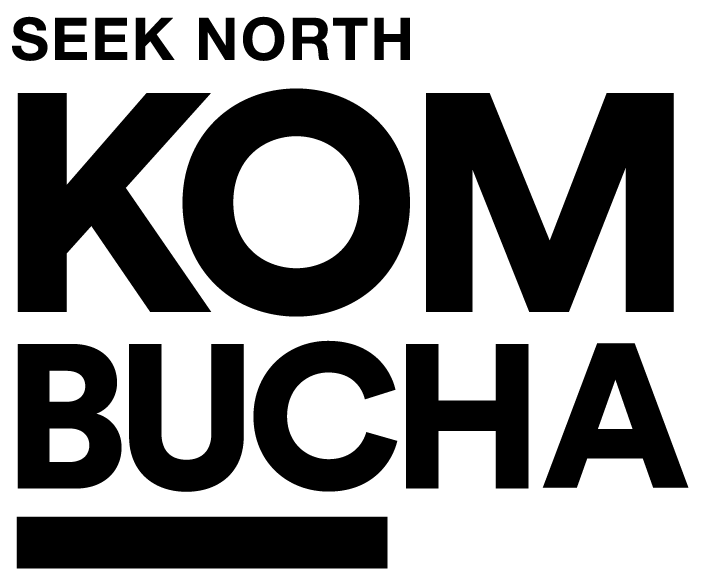What Are Probiotics Really? A look into what they are.
By Patric Watzman
Probiotic products are everywhere and are discussed in common conversation and in the media. But do you really know what they are?
Lacto, bifido, streptococcus… It’s been rare that the Latin language, in any way, seemed to be making a comeback. More and more, however, these words and prefixes are appearing on products, in the news, and have made their way down to even common conversation. And we have some wonderful microorganisms to thank for this revival.
Man’s foray into the benefits of probiotics has been around for quite some time. While we couldn’t articulate what they were, and didn’t have any concept or vocabulary to define bacteria, fermentation has been around for ages, in wine making and early refinement of the cheese products that the Greeks and Romans knew quite well. Probiotics have been working for, and with us, for centuries.
But what’s a probiotic?
The World Health Organization defines a probiotics as “live strains of microorganisms that confer health benefits upon the host when administered in adequate amounts” This is an extremely wide definition probably because probiotics, no matter how commonly talked about, are a new field of research. Not only that, there are an overwhelming amount of them in existence.
Probiotics tend to mostly live in your large intestine in an extremely diverse community called the microbiome. The human body contains over 500 different strains of them, all living in a symbiotic community (much like a SCOBY). Outside of your body, they can be found in a huge array of fermented products like yogurt, kim chi, pickles, miso, apple cider vinegar, and kombucha, of course.
The word “bacteria” often strikes fear into the hearts of men, leaving images of neon, or black and white, electron microscope pictures of creatures that look like creepy-crawly bugs. But probiotics are often just dubbed “good bacteria” because they known, for sure, to synthesize some vitamins, and have digestive and immune benefits. They also play roles in brain functions, inflammation and the response, immune responses, and, likely, even skin health. For these latter things, research is still being done, and we truly don’t know for sure exactly what roles they play, or how, but they definitely seem to have some hand in the health of these wide-ranging systems.
But there are some common types of probiotics you’ll find. You may see these listed on your labels, or reported on, so we wanted you to know what they mean, and what they do. Many of these also can be found in kombucha in varying amounts, which can vary between different brands and batches. However, this small list just dissects a teeny few of them, the most common types:
Lactobacillus acidophilus (L. acidophilus)
The most common probiotic strain, often found in yogurt and fermented soy products, which synthesizes Vitamin K, and helps digest lactose, as most of the Lactbacillus genus does. This also produces lactic acid, which has antimicrobial properties.
Bifidobacterium longum (B. longum)
One of the first bacteria to populate the gut of a newborn, and stimulates the immune response. The one is known for breaking down carbohydrates, and also synthesizes B vitamins. In studies, the use of this was shown to shorten the duration of flu infections.
Saccharomyces boulardii (S. boulardii)
This is a really cool probiotic yeast that is actually stomach acid resistant. For those with digestive issues, it’s been shown very effective in reducing diarrhea of multiple causes. It’s also believed to provide support to the general digestive and immune system health, too.
Streptococcus thermophiles (S. thermophiles)
Used as a yogurt and cheese starter culture, as it ferments lactose into lactic acid, which is why even some severely lactose intolerant people seem to be able to tolerate things like yogurt and some cheeses. It can lower the pH of foods, which can make them more resistant to mold and bad bacteria. Today, it’s being studied for effects on immune system for chemotherapy patients.
Zygosaccharomyces kombuchaensis
Notice something about the name? Yes, this is actually a probiotic yeast strain unique to kombucha. Probiotic research is new, but kombucha research is newer, so we really can’t say too much about all it does for sure. However, we do know is that this strain seems to be effective at reducing food spoilage, and is the one to thank for the natural carbonation of your booch. This strain also contributes to the solidness of a SCOBY, the SCOBY spine, if you will.
We live hand in hand with an overwhelming amount of bacteria and they’re not all bad, by far. In fact, some of them not only are our friend, but they literally save our lives too. And we have a lot of friends in us. So, hopefully now, you’ll recognize your friends when you see them, and know what they do for a living. Because they are seriously working overtime for you. So grab your ‘booch and raise your glass to your newfound posse of probiotics. They’re a great team to have around.
